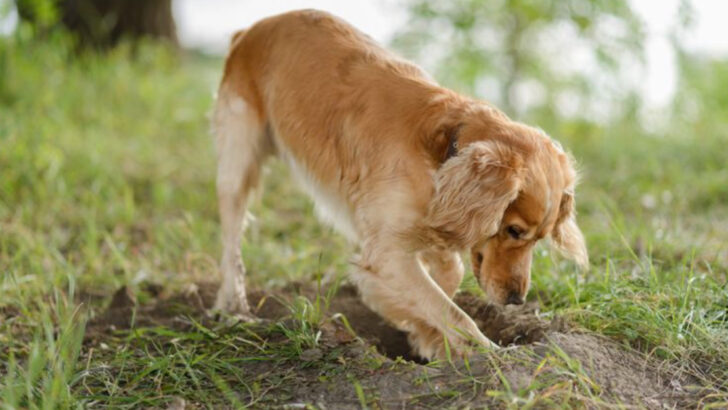Your pet isn’t misbehaving—they’re trying to tell you something. That weird thing your dog does with your socks? It’s not defiance—it’s devotion. The cat that suddenly vanishes for hours? Not being rude, just recharging. Animals speak a different language, and sometimes their sweetest instincts wear the disguise of trouble. We scold. We sigh. We Google “why does my pet do this.” But what if those “bad” habits are actually signs of love, trust, or emotional connection? Before you call them naughty, take a closer look. These seven behaviors might look frustrating—but they’re actually proof your pet adores you.
Cats Knocking Things Over
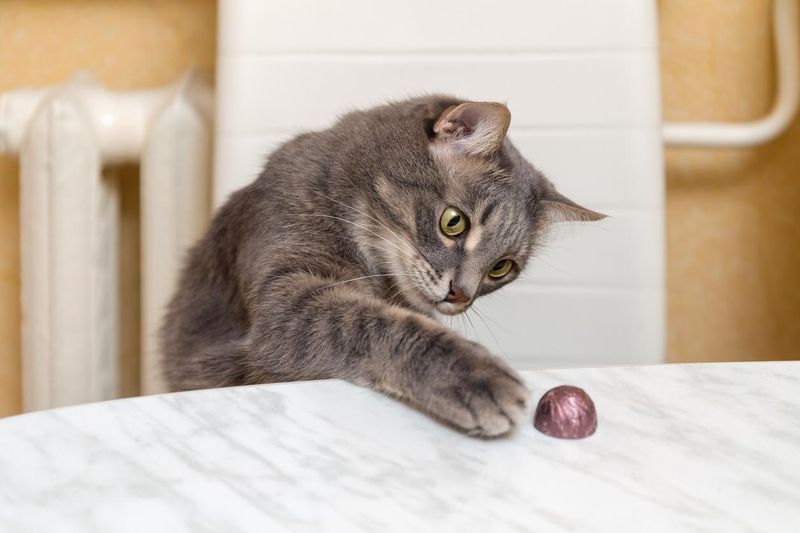
Ever find your cat enjoying an Olympic-level game of paw-push with your favorite mug? While it might seem like mischief, this behavior often signals curiosity. Cats, by nature, are inquisitive creatures. Knocking things over helps them understand their environment better.
It’s their way of exploring cause-and-effect, much like a child learning through play. Interestingly, this behavior can also be a call for attention. If you’re often busy, your cat might just be saying, “Hey, notice me!” It’s both an exploration tool and a social cue.
Dogs Digging Holes in the Yard
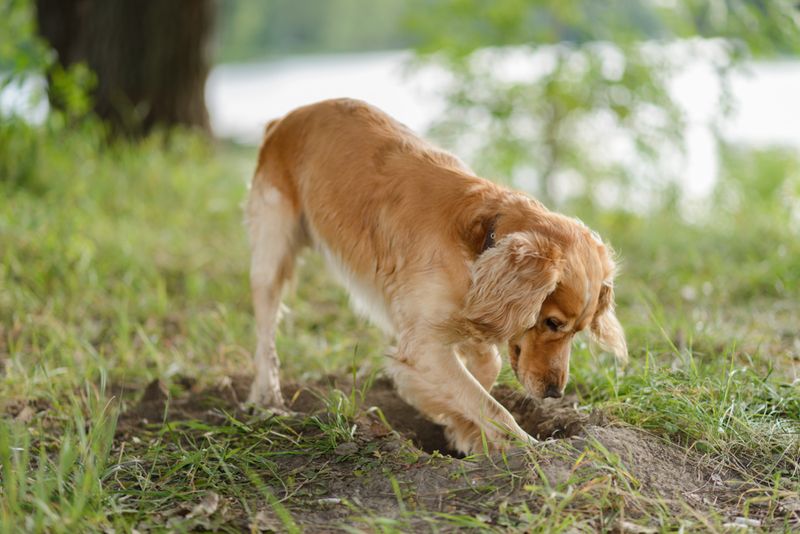
With dirt flying in every direction, your dog’s digging might feel like sabotage. However, this behavior often stems from instinctual and practical origins. Historically, dogs dug to create cool spaces to rest or to hide resources.
In modern times, it can be a sign of excess energy or boredom. Providing ample exercise or mental stimulation can curb this need to dig. Alternatively, set aside a digging zone. With guidance, your dog can enjoy this natural behavior without wrecking the lawn.
Parrots Screeching Loudly

The piercing screech of a parrot might seem disruptive, but it’s a crucial communication tool for these intelligent birds. Parrots screech to express emotions, signal danger, or call for attention.
In their natural habitats, these vocalizations maintain flock cohesion. At home, it’s a sign they’re trying to connect with you. Providing toys or engaging them with training sessions can channel this energy positively. Their screeching, while loud, is their language of love and security.
Rabbits Chewing Everything
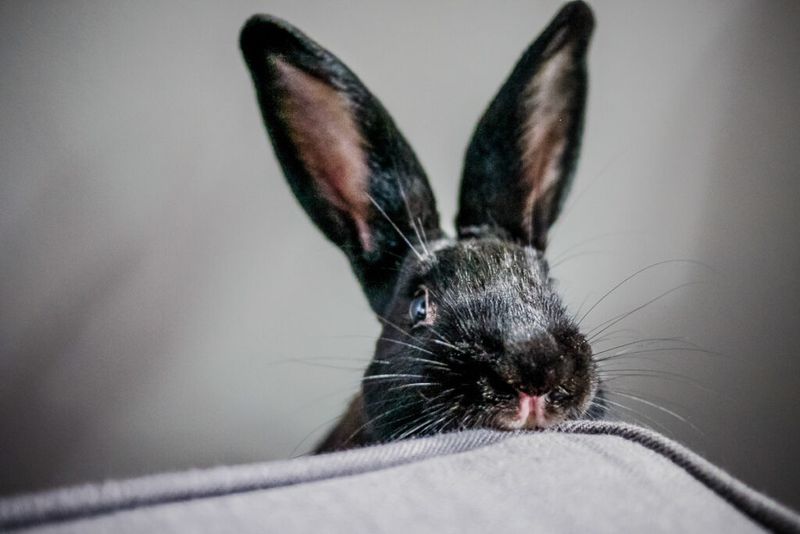
If you have a rabbit, you may notice their penchant for gnawing on anything within reach. This isn’t just a rebellious phase. Rabbits’ teeth grow continuously, and they chew to manage this growth.
Providing appropriate chew toys can satisfy this instinct and protect your belongings. Additionally, chewing is a natural way for rabbits to explore their world. Observing what they choose to chew can offer insights into their preferences and needs.
Hamsters Running at Night
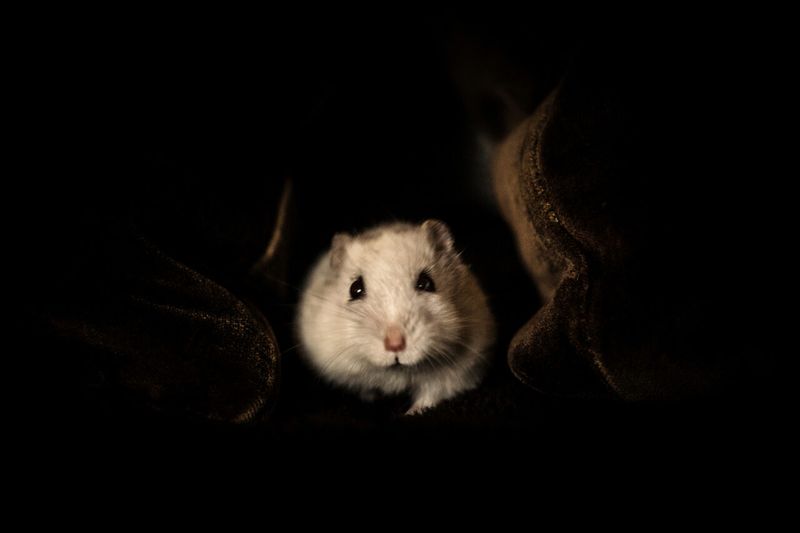
The nightly marathon your hamster runs might keep you awake, but it’s a reflection of their nocturnal nature. In the wild, hamsters travel great distances in search of food.
Their nighttime activity ensures they remain fit and healthy. Providing a quiet, safe wheel allows them to maintain this routine without disturbance. Embracing their natural schedule helps in understanding their unique rhythms and needs.
Horses Pawing the Ground
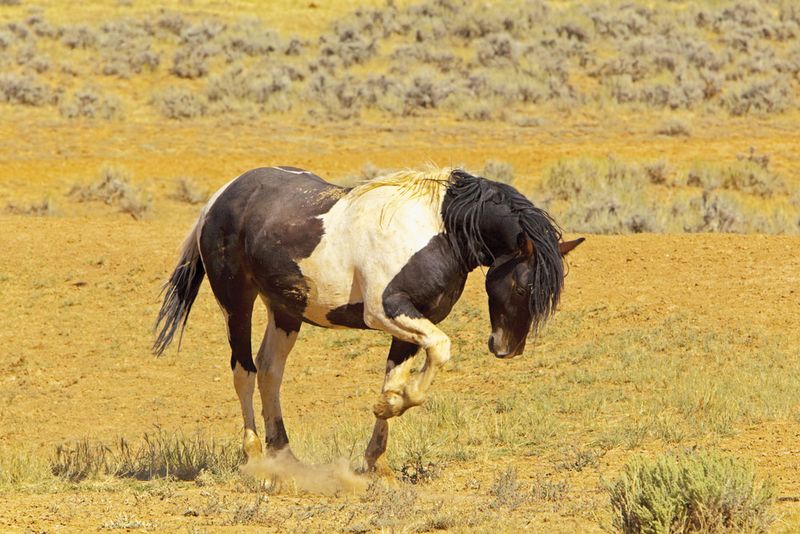
With a gentle swipe of their hoof, horses communicate a range of emotions and needs. Pawing can express anticipation, impatience, or discomfort. Observing context is key to understanding these cues.
In a herd, pawing can signal playfulness or a desire to interact. At times, it is simply a way to uncover hidden food or minerals. By tuning into their body language, you can respond appropriately to their non-verbal messages.
Ferrets Stealing and Stashing Items
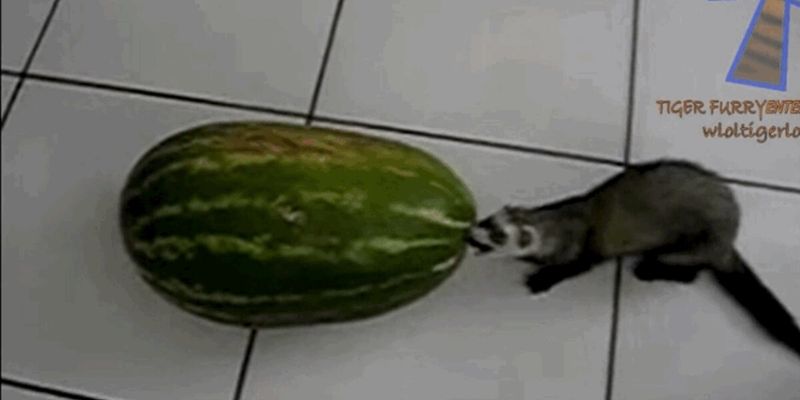
If your ferret has a secret stash of socks, keys, or shiny objects, it’s not a crime spree. This behavior is deeply rooted in their natural instincts. Ferrets are notorious hoarders. They collect and hide items as a form of play and to create a sense of security.
Offering toys and engaging them in interactive games can provide positive outlets for this behavior. Watching them trot away with their loot can be as entertaining as it is enlightening.

